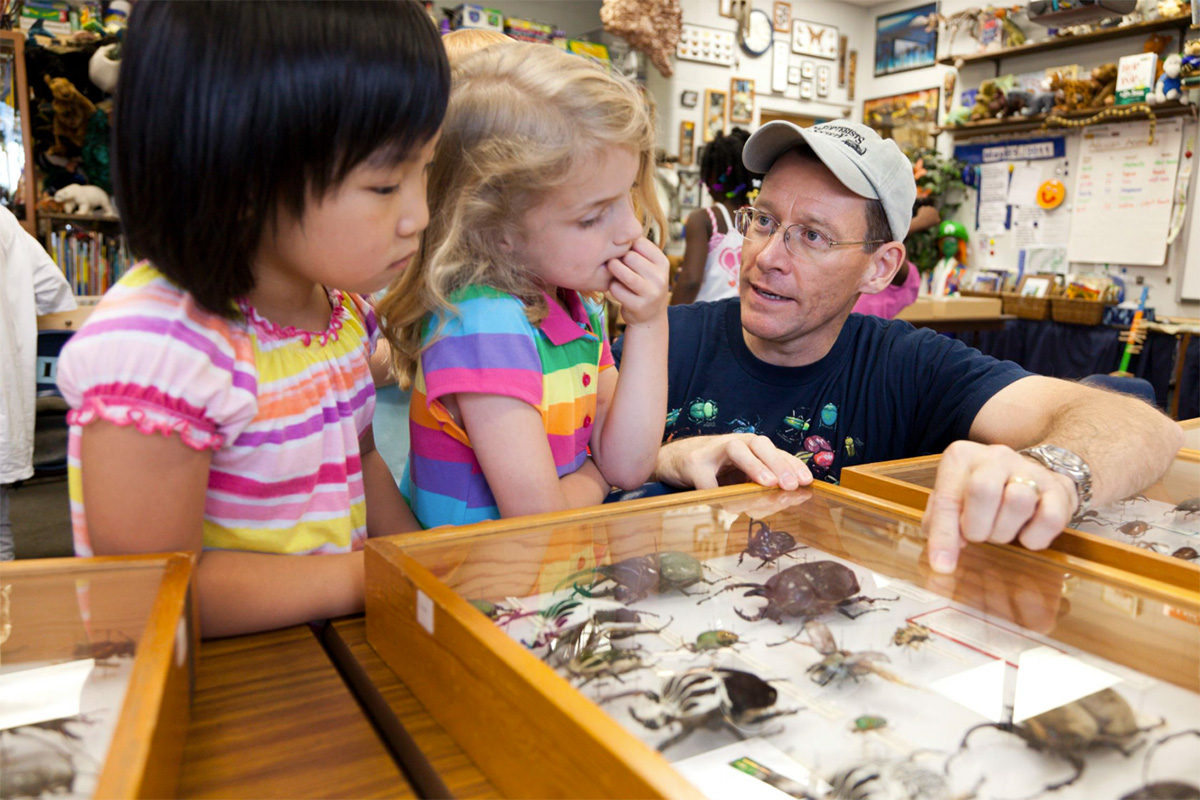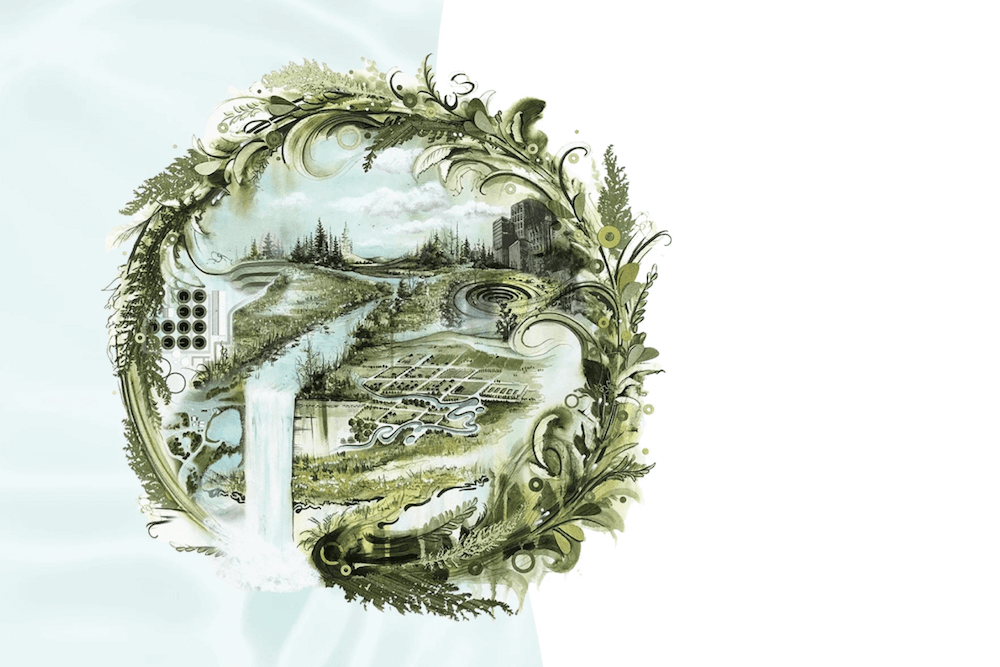By Stephanie Schupska
University of Georgia
The next time you’re admiring a beautiful oak in your yard this spring, get face-to-wood with the bark and then look closer.
Gnat-size insects, granulate ambrosia beetles, bore holes the size of pencil leads into hardwood trees in the spring. Since they attack 200 species, your favorite tree may be a target.
“Ten ambrosia beetles can kill a tree, not due to damage from boring into the wood but by clogging up the circulatory system,” said Gretchen Pettis, an entomology graduate research assistant with the University of Georgia College of Agricultural and Environmental Sciences.
Early detection is critical. Other signs of infestations are frass toothpicks, 1- to 3-inch-long threads of mixed beetle excrement and sawdust protruding from a branch or trunk. However, strong wind or rain can easily brush off these toothpicks.
Granulate ambrosia beetles used to be called Asian ambrosia beetles. They don’t feed on trees. But they do carry a fungus.
“The beetles farm the fungus and feed on it,” Pettis said. “This is why using systemic insecticides such as imidacloprid simply doesn’t work.”
Once your tree is infested with more than 10 to 20 beetles, she said, you’re down to one option.
“There’s nothing you can do to kill the fungus,” she said, “once it’s in a tree. The only solution when a tree is that infested is a chainsaw and burning.”
The burning is important. “If you don’t burn,” Pettis said, “the beetle could go to other trees.”
If ambrosia beetles have hit trees in your area before, Pettis said, spray the trunks and branches of your trees with pyrethroid insecticide such as permethrin or cyfluthrin. This will kill a beetle before it can start digging.
Apply the pesticide every two to three weeks for up to three times starting in early April. Check the Georgia Pest Management Handbook at www.ent.uga.edu/pmh/ for annual updates on pesticides and proper application rates.
Another way to help keep ambrosia beetles at bay is to keep your trees healthy. This won’t completely protect a tree, Pettis said. But it’s a start.
Granulate ambrosia beetles made their presence known in Georgia more than 10 years ago. For a while, they stayed confined to nurseries.
“For some reason, in the late 1990s and early 2000s, they’ve really spread,” Pettis said, “mostly through nursery stock and wooden packing crates.”
Young trees planted in new housing developments may be under transplant stress. This makes them more susceptible, she said. In new neighborhoods, watch your trees closely for signs of attack.
Ambrosia beetles don’t just target landscape trees. In the United States, it was first noticed in South Carolina’s peach trees. Pine trees are safe from ambrosia beetles but may be susceptible to southern pine beetles, which look similar.
A converted 2-liter bottle can help detect ambrosia beetles in early spring. Place traps as early as February and remove them in late May. Beetles rarely attack after that.
Just get a bottle and its cap, a film canister or small medicine bottle, stake, soapy water, ethyl (grain) alcohol and a cotton wick. Cut several lengthwise holes 2 inches wide and 5 inches tall in the bottle. Then invert it and attach it to a 4-foot-tall garden stake.
Secure a film canister inside one of the long sides and fill it with ethyl alcohol. Cap the canister and insert the wick through a hole in the lid. Finally, fill the bottle with soapy water to an inch below the canister.
Check your trap weekly. The alcohol attracts many beetles, so if you catch something that looks like an ambrosia beetle, call your local UGA Cooperative Extension agent (1-800-ASK-UGA1) to positively identify it.


